Home>Gardening & Outdoor>Landscaping Ideas>How To Treat Grass For Fleas
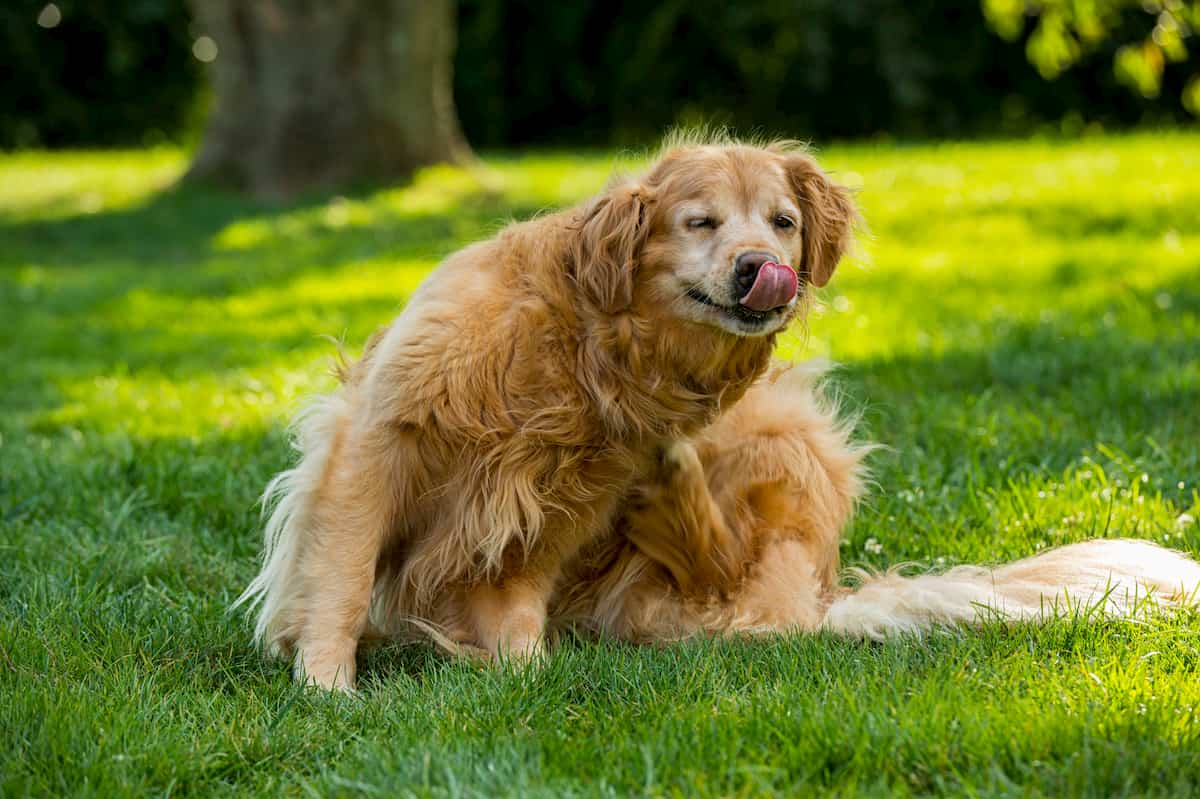

Landscaping Ideas
How To Treat Grass For Fleas
Published: January 27, 2024
Learn effective landscaping ideas to treat grass for fleas and keep your lawn healthy and pest-free. Discover expert tips for maintaining a flea-free yard.
(Many of the links in this article redirect to a specific reviewed product. Your purchase of these products through affiliate links helps to generate commission for Storables.com, at no extra cost. Learn more)
Introduction
Maintaining a lush, vibrant lawn is a source of pride for many homeowners. However, the presence of fleas can quickly turn this idyllic scene into a nightmare. These tiny, blood-sucking pests not only pose a threat to our beloved pets but can also infest our outdoor living spaces, making it essential to address the issue promptly and effectively.
Fleas are notorious for their ability to reproduce rapidly, with a single female flea laying up to 50 eggs per day. This prolific breeding can lead to a full-blown infestation in a short period, causing distress for both pets and their owners. Moreover, fleas are not only a nuisance but also carry the potential to transmit diseases, making their presence a cause for concern.
In this comprehensive guide, we will explore the various methods and natural remedies for treating grass for fleas, providing you with the knowledge and tools to reclaim your outdoor space from these persistent pests. Whether you prefer natural solutions or are open to chemical treatments, this article will equip you with the information needed to make an informed decision and take effective action against fleas in your yard.
Key Takeaways:
- Don’t let fleas ruin your lawn! Look out for signs like pet discomfort and unexplained bites. Try natural remedies like essential oils and regular yard cleanup to keep your grass flea-free.
- Keep your yard pest-free with natural remedies and regular maintenance. Use vinegar solutions and beneficial plants to repel fleas while creating a healthier outdoor space for your family and pets.
Read more: How To Kill Grass Fleas
Understanding the Problem: Identifying Fleas in Your Grass
Fleas are adept at hiding in the grass, making it challenging to detect their presence until the infestation becomes noticeable. Understanding the signs of a flea infestation in your lawn is crucial for effective treatment. Here are some key indicators to help you identify fleas in your grass:
-
Pet Scratching and Discomfort: Observing your pets for signs of excessive scratching, biting, or restlessness can be an early indication of fleas. Pets may also exhibit red, irritated skin, commonly known as flea allergy dermatitis, caused by flea bites.
-
Visible Fleas: While fleas are tiny and agile, they can sometimes be spotted in the grass, especially in areas where pets frequently rest or play. Their dark, reddish-brown bodies are about the size of a pinhead, and their swift movements make them challenging to catch.
-
Flea Dirt: Flea dirt, which is actually flea excrement, resembles fine black pepper and is often found on the skin of infested animals. When pets spend time in the grass, flea dirt may be left behind, indicating the presence of fleas in the outdoor environment.
-
Unexplained Bites: If you or your family members experience unexplained bites, particularly around the ankles and lower legs after spending time in the yard, it could be a sign of fleas in the grass.
-
Grass Damage: In severe infestations, fleas can cause damage to the grass, leading to thinning or yellowing patches. This damage may be a result of flea larvae feeding on grass roots, impacting the overall health and appearance of the lawn.
By recognizing these signs, you can take proactive measures to address the flea infestation in your grass before it escalates. Identifying the problem early allows for prompt intervention, preventing further discomfort for your pets and preserving the health and aesthetics of your lawn.
Methods for Treating Grass for Fleas
When it comes to treating grass for fleas, there are several effective methods to consider. It's important to address both the adult fleas and their eggs and larvae to break the life cycle and prevent reinfestation. Here are some proven methods for treating grass for fleas:
-
Chemical Treatments: Utilizing insecticides specifically formulated for outdoor flea control can be an effective approach. These products are available in various forms, including sprays, granules, and concentrated liquids. When applying chemical treatments, it's crucial to follow the manufacturer's instructions carefully to ensure safety for pets, wildlife, and beneficial insects. Additionally, consider using pet-safe options to minimize potential risks to your furry companions.
-
Yard Foggers: Flea foggers, also known as flea bombs, can be used to treat outdoor areas, including grassy spaces. These products release a fine mist of insecticide, reaching into crevices and foliage where fleas may be hiding. However, it's essential to use yard foggers cautiously, following the instructions to protect the environment and prevent harm to non-target organisms.
-
Diatomaceous Earth: This natural, powdery substance is composed of fossilized diatoms and is highly effective for flea control. When sprinkled onto the grass and other outdoor surfaces, diatomaceous earth dehydrates and kills fleas upon contact. It's important to choose food-grade diatomaceous earth and reapply it after rainfall for continued effectiveness.
-
Nematodes: Beneficial nematodes, microscopic roundworms, can be employed as a biological control method for fleas in the yard. These tiny organisms seek out flea larvae in the soil and parasitize them, effectively reducing the flea population. Nematodes are safe for plants, pets, and humans, making them an environmentally friendly option for flea control.
-
Regular Lawn Maintenance: Maintaining a well-groomed lawn can deter fleas by reducing their preferred habitats. Mowing the grass regularly, removing excess thatch, and trimming vegetation around the yard can create an environment less conducive to flea infestations. Additionally, promoting healthy soil and grass growth through proper watering and fertilization can help fortify the lawn against flea damage.
By employing these methods for treating grass for fleas, you can effectively combat flea infestations and create a more comfortable and enjoyable outdoor environment for your family and pets. It's essential to assess the severity of the infestation and consider the specific needs of your lawn when choosing the most suitable treatment method. With diligence and the right approach, you can successfully rid your grass of fleas and prevent their return.
Natural Remedies for Flea Control in Your Yard
In addition to traditional chemical treatments, natural remedies offer effective and eco-friendly alternatives for controlling fleas in your yard. These methods not only target fleas but also minimize potential risks to pets, wildlife, and the environment. By incorporating natural flea control remedies into your yard maintenance routine, you can create a healthier and safer outdoor space for your family and pets.
1. Essential Oils
Certain essential oils possess natural flea-repelling properties, making them valuable assets in the fight against these persistent pests. Oils such as cedarwood, lavender, peppermint, and eucalyptus can be diluted with water and sprayed onto the grass and outdoor surfaces to deter fleas. These aromatic oils not only repel fleas but also impart a pleasant fragrance to your yard, enhancing the overall outdoor experience.
Read more: How To Treat Burnt Grass
2. Herbal Flea Collars
Crafting herbal flea collars for your pets using natural ingredients can contribute to flea control in your yard. A homemade flea collar infused with herbs such as rosemary, thyme, and lavender can help repel fleas while minimizing the use of synthetic chemicals. By utilizing these herbal collars, you can create a natural barrier against fleas, reducing the likelihood of infestations in your yard.
3. Beneficial Plants
Introducing flea-repelling plants to your yard can serve as a natural deterrent against these pests. Plants such as lavender, mint, chrysanthemums, and lemongrass emit scents that repel fleas, contributing to a less hospitable environment for these insects. By strategically incorporating these plants into your landscaping, you can help mitigate flea infestations while adding visual appeal to your outdoor space.
4. Vinegar Solution
A simple yet effective natural remedy for flea control involves using a vinegar solution to treat outdoor areas. By combining equal parts of water and white vinegar in a spray bottle, you can create a natural flea repellent. Spraying this solution onto the grass and other outdoor surfaces can deter fleas while being safe for pets and the environment.
5. Regular Yard Cleanup
Maintaining a clean and clutter-free yard is essential for minimizing flea habitats. Regularly removing debris, leaf litter, and organic matter can disrupt flea breeding grounds and reduce the likelihood of infestations. Additionally, keeping the yard well-ventilated and allowing sunlight to reach the grass can help deter fleas, as these pests thrive in humid and shaded environments.
By incorporating these natural remedies into your yard maintenance routine, you can effectively control fleas while promoting a safer and more sustainable outdoor environment. These natural methods not only target fleas but also contribute to the overall well-being of your yard, allowing you to enjoy a pest-free outdoor space without compromising on environmental responsibility.
Read more: How To Treat Grass Tetany
Conclusion
In conclusion, addressing flea infestations in your grass is essential for maintaining a healthy and enjoyable outdoor environment. Whether you opt for traditional chemical treatments or natural remedies, the key lies in taking proactive measures to combat fleas and prevent reinfestation. By understanding the signs of flea presence in your yard and implementing effective treatment methods, you can reclaim your outdoor space from these persistent pests.
It's important to emphasize the significance of early detection and intervention when dealing with flea infestations. Identifying the signs of fleas in your grass, such as pet discomfort, visible fleas, flea dirt, unexplained bites, and grass damage, allows for timely action, preventing the escalation of the problem. By staying vigilant and observant, you can address flea infestations before they compromise the well-being of your pets and the aesthetics of your lawn.
Furthermore, the diverse range of treatment methods for grass flea control provides homeowners with flexibility and choice. From chemical treatments and yard foggers to natural remedies such as essential oils, herbal flea collars, beneficial plants, and vinegar solutions, there are options to suit various preferences and priorities. Whether you prioritize effectiveness, environmental impact, or pet safety, there are suitable approaches to combat fleas and create a more comfortable outdoor space.
Incorporating natural remedies into your yard maintenance routine not only targets fleas but also contributes to a healthier and more sustainable outdoor environment. By leveraging the flea-repelling properties of essential oils, herbal flea collars, beneficial plants, and vinegar solutions, you can effectively control fleas while minimizing potential risks to pets, wildlife, and the ecosystem. These natural methods align with the growing emphasis on eco-friendly practices and offer a holistic approach to flea control in residential landscapes.
Ultimately, by combining vigilance, effective treatment methods, and natural remedies, you can successfully treat your grass for fleas and prevent future infestations. This proactive approach not only safeguards the well-being of your pets but also allows you to enjoy a lush, flea-free lawn, creating a welcoming outdoor space for relaxation and recreation. With the knowledge and tools provided in this guide, you are empowered to take decisive action against fleas and maintain a vibrant, pest-free yard for your family and pets to enjoy.
Frequently Asked Questions about How To Treat Grass For Fleas
Was this page helpful?
At Storables.com, we guarantee accurate and reliable information. Our content, validated by Expert Board Contributors, is crafted following stringent Editorial Policies. We're committed to providing you with well-researched, expert-backed insights for all your informational needs.
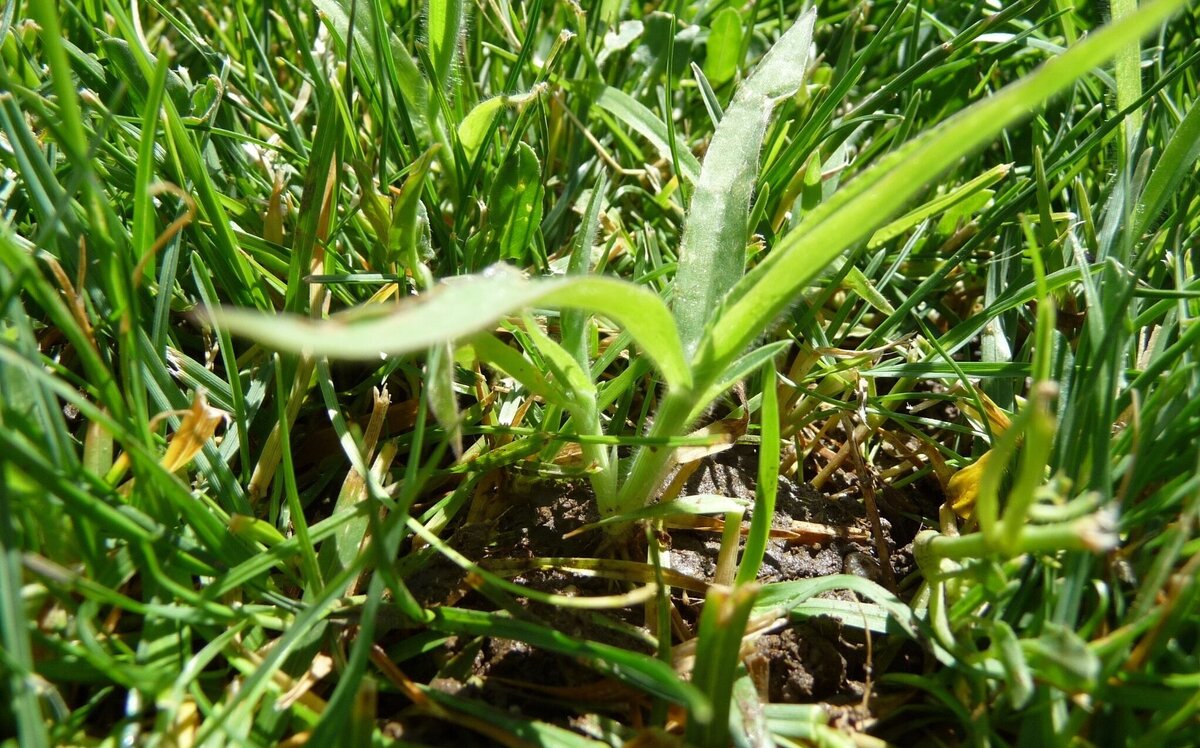
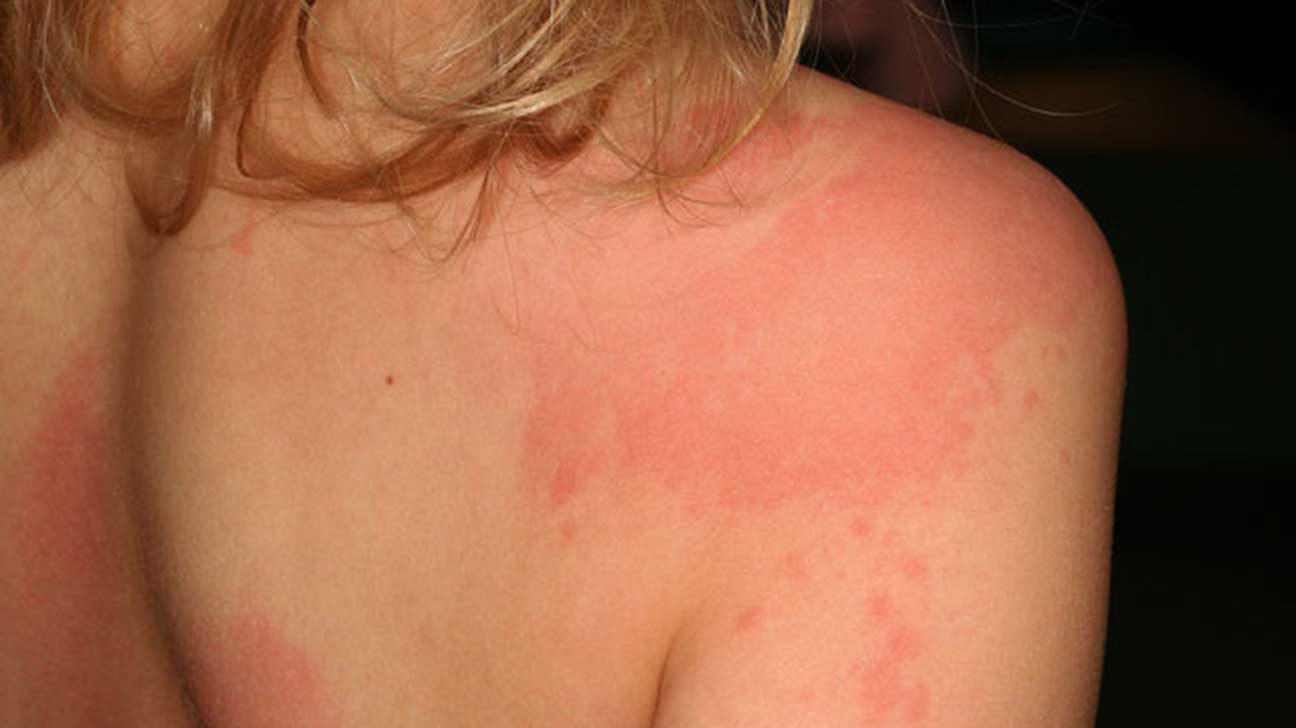
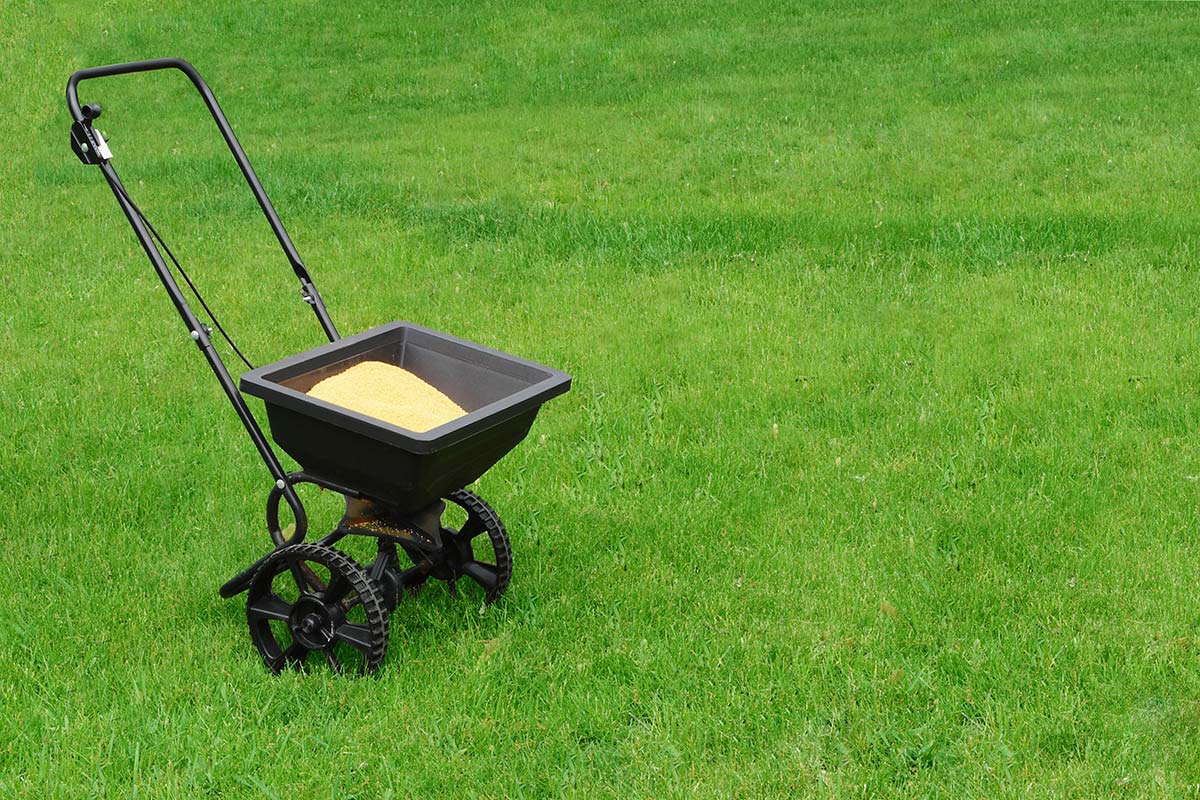

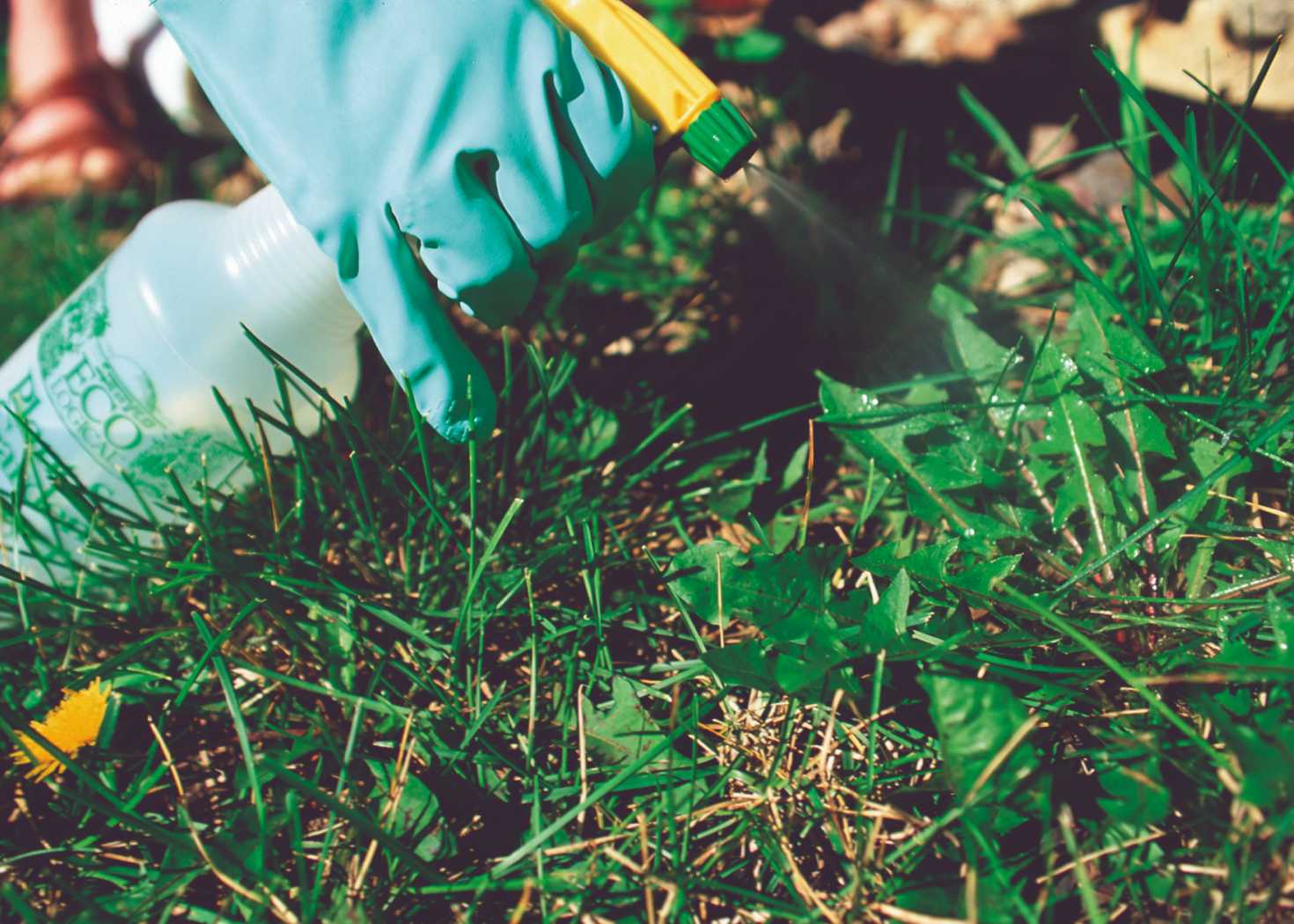
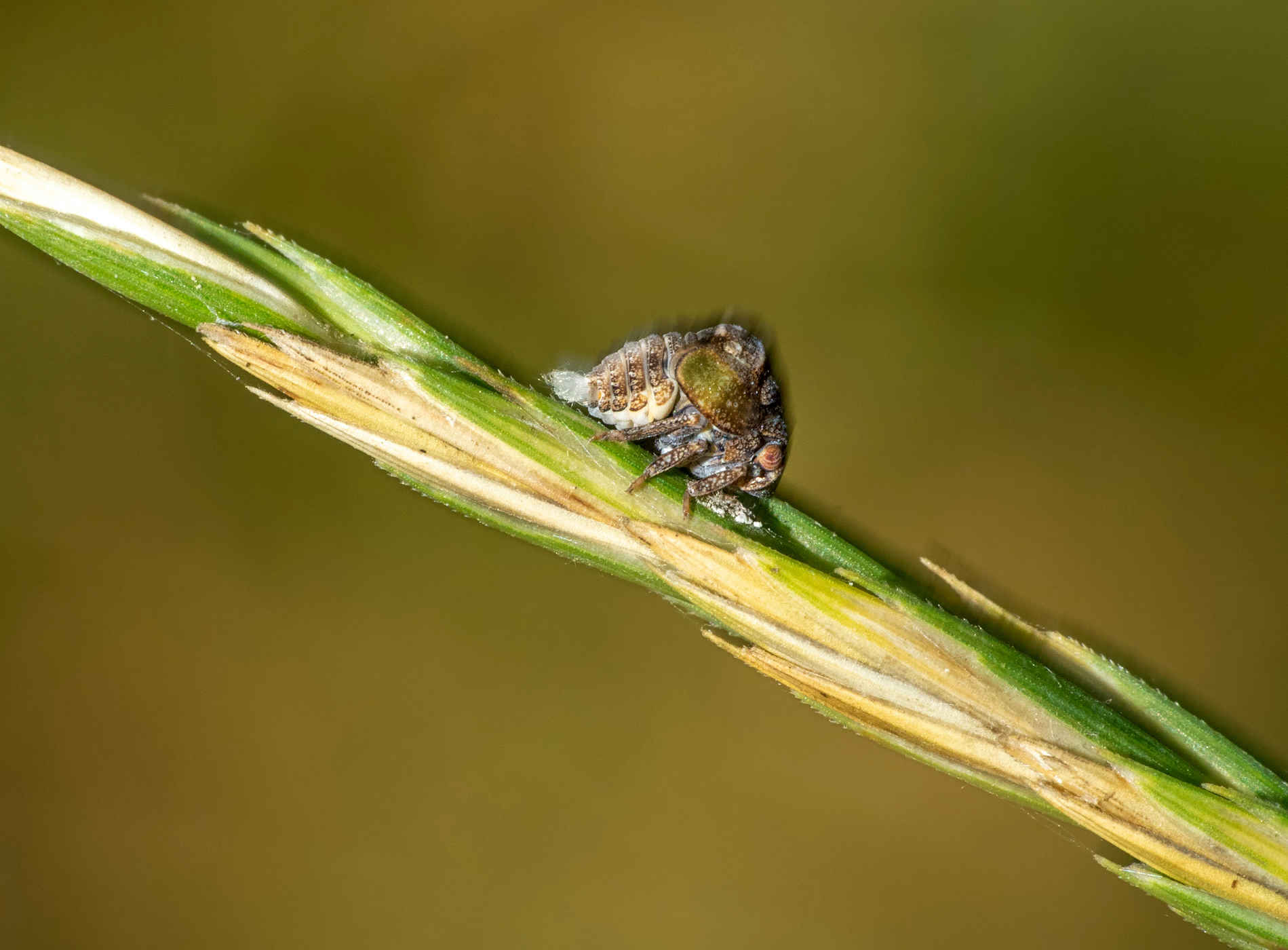
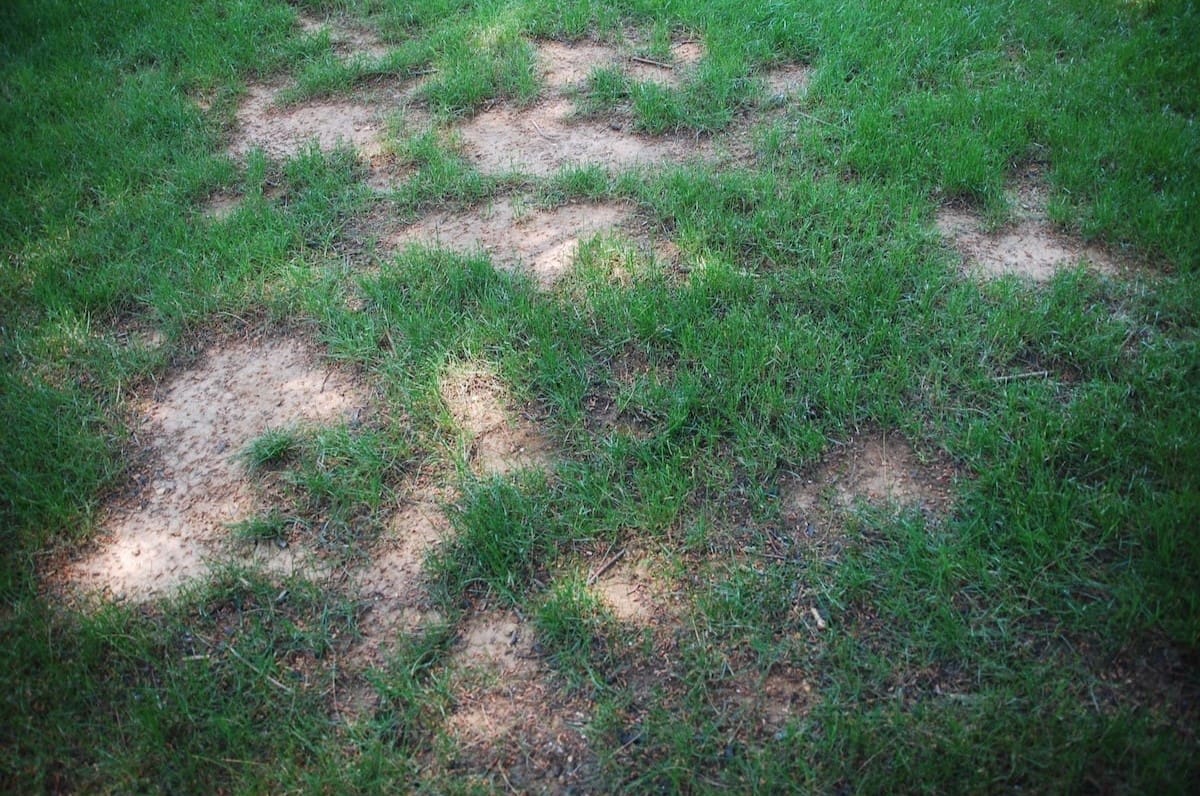
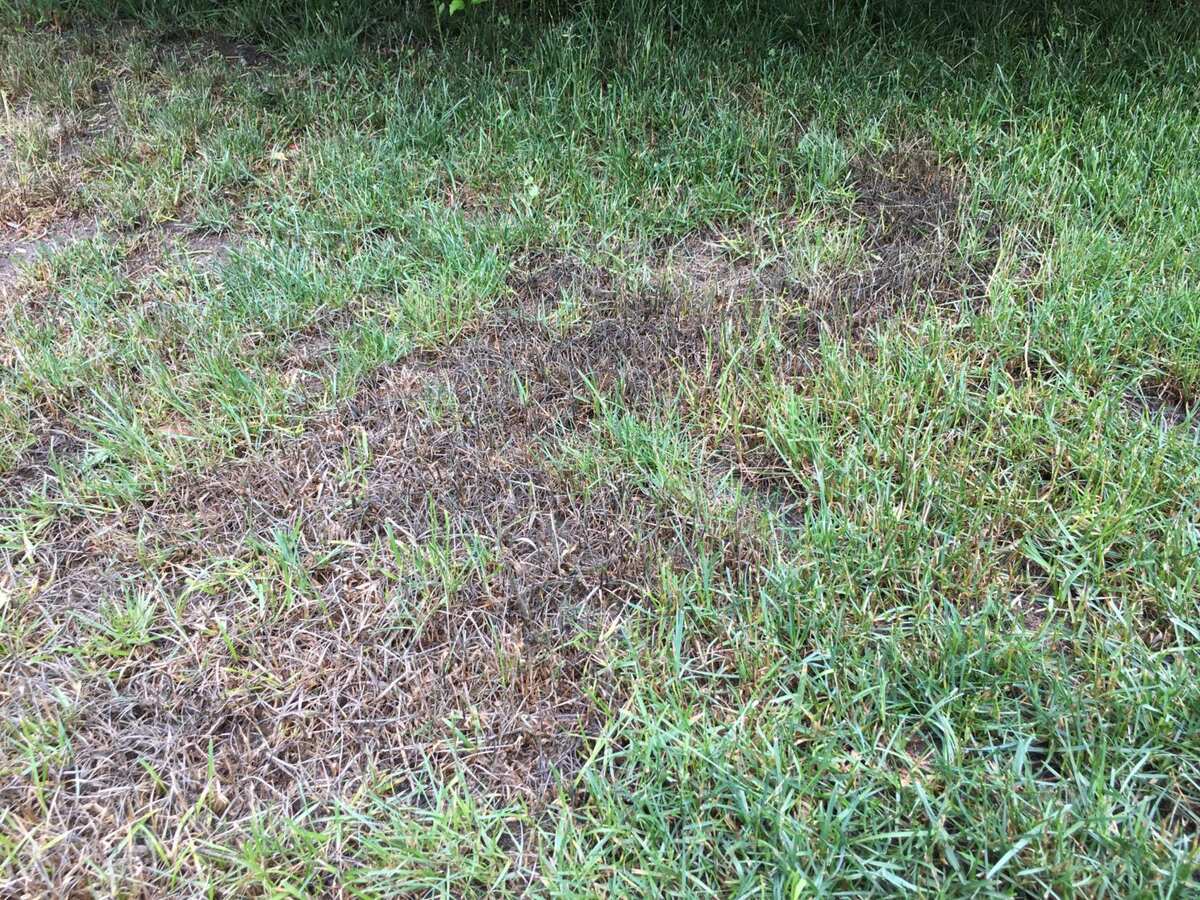
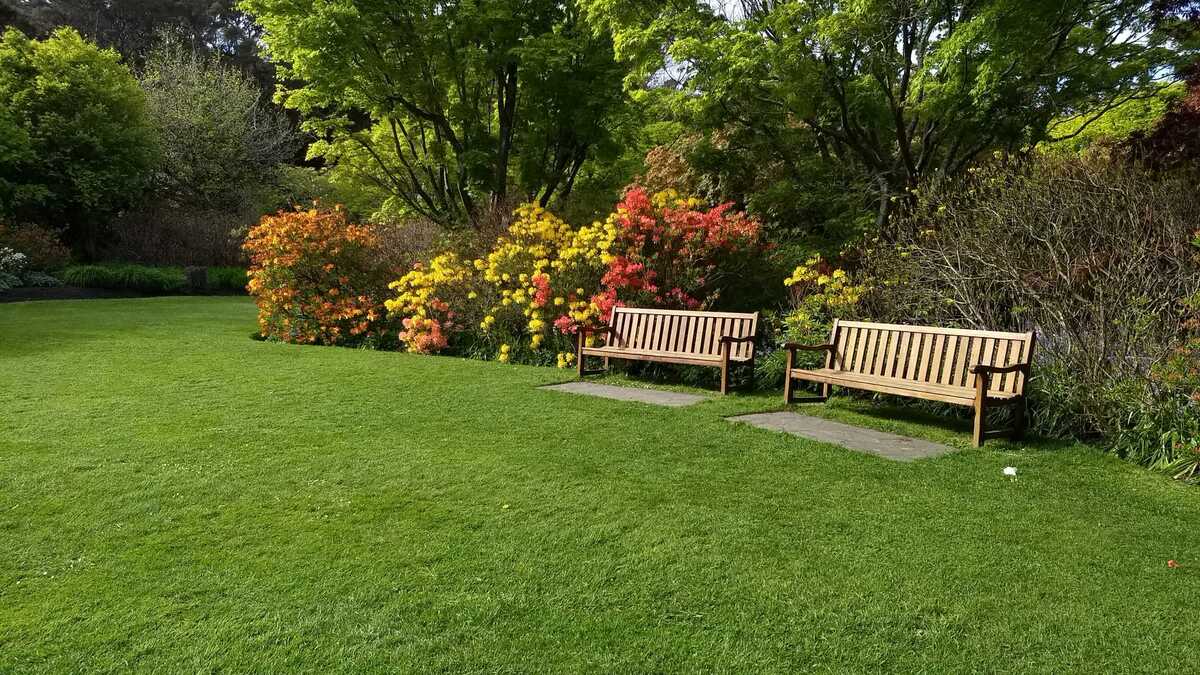

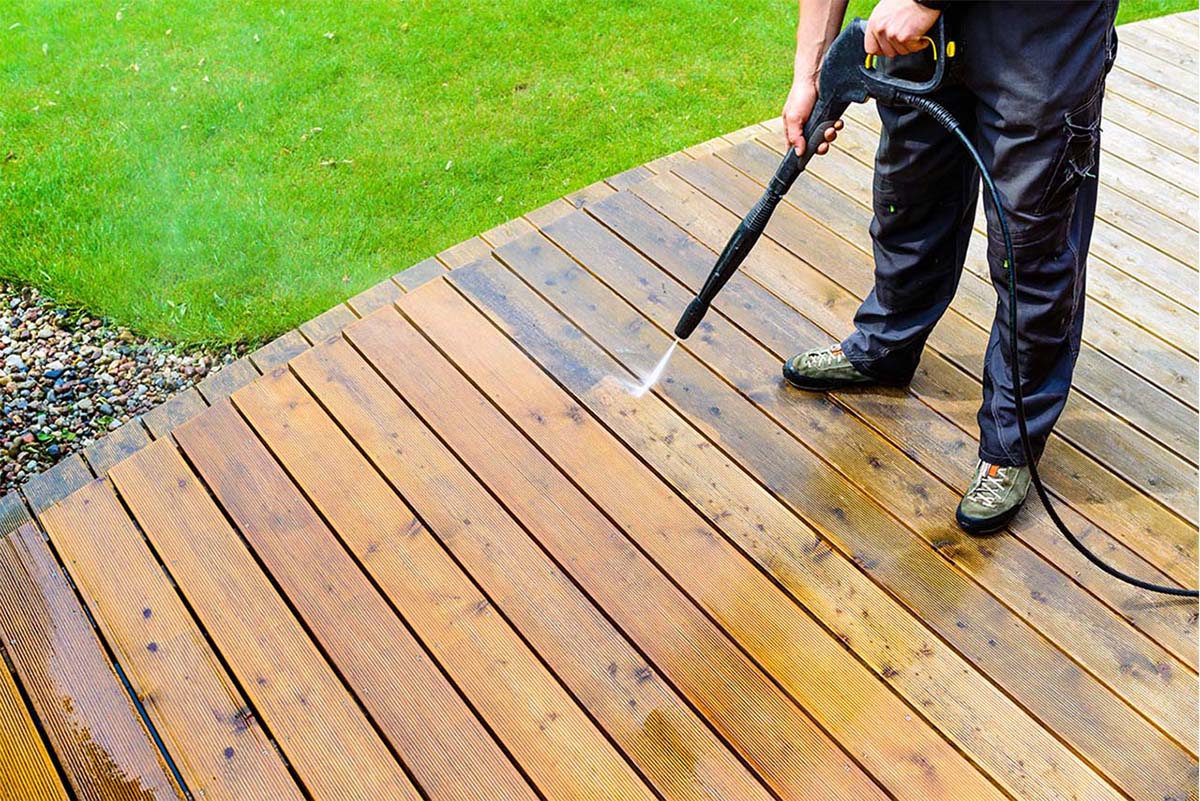
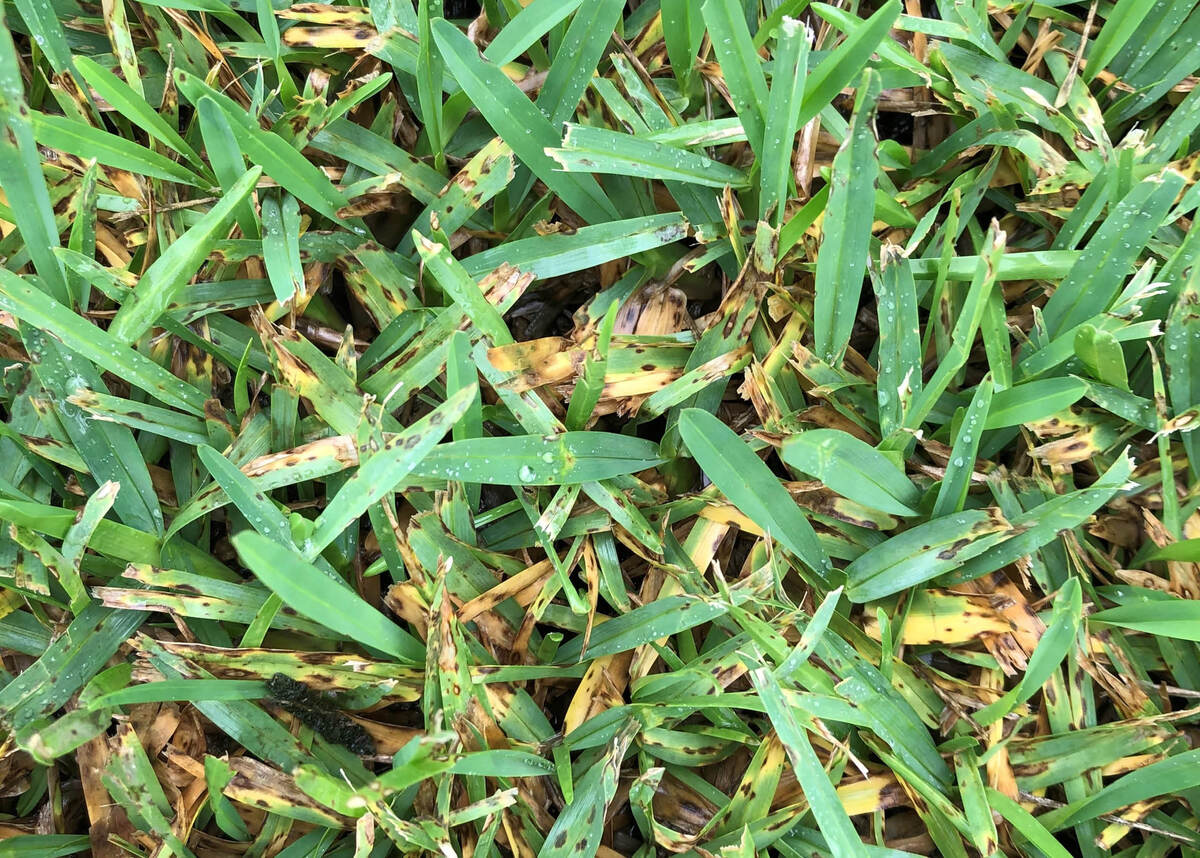
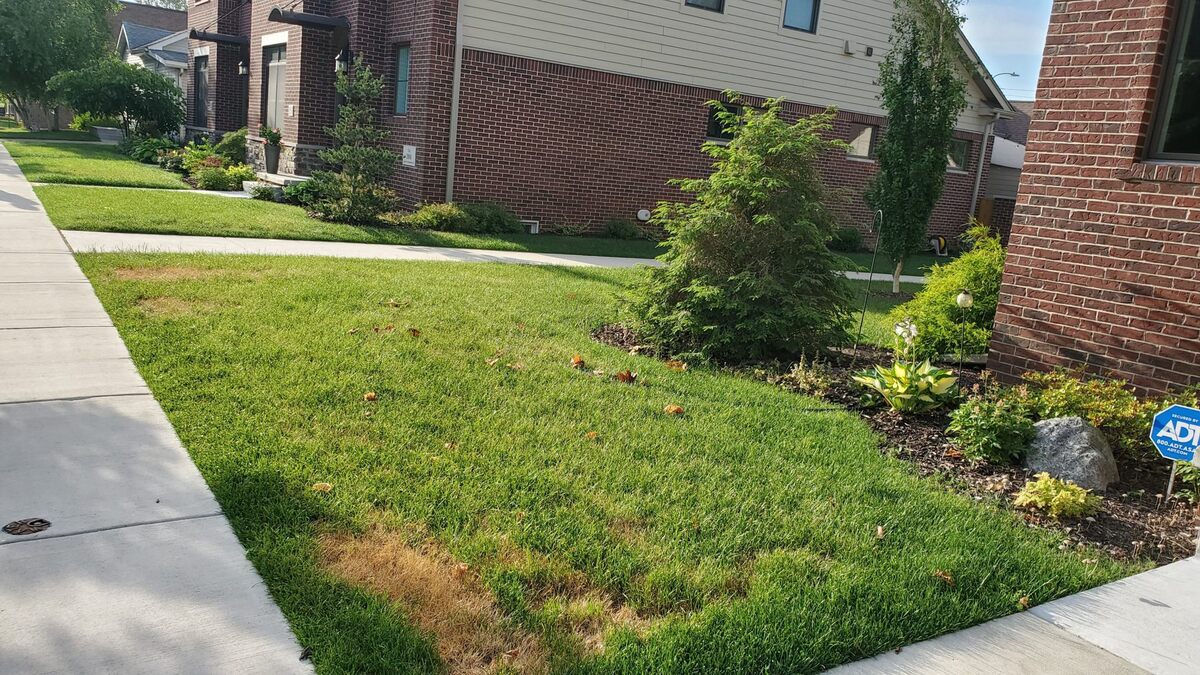

0 thoughts on “How To Treat Grass For Fleas”